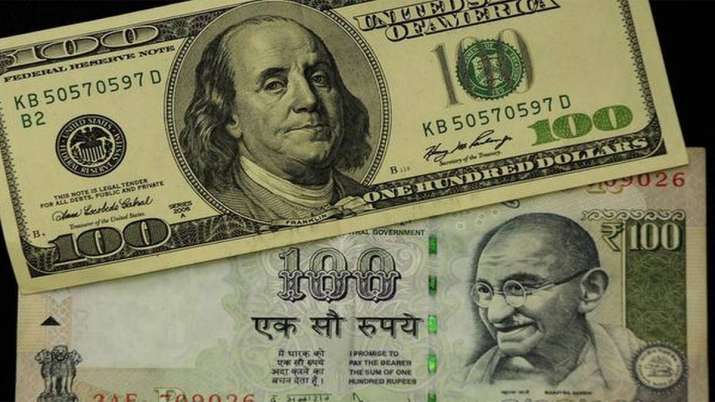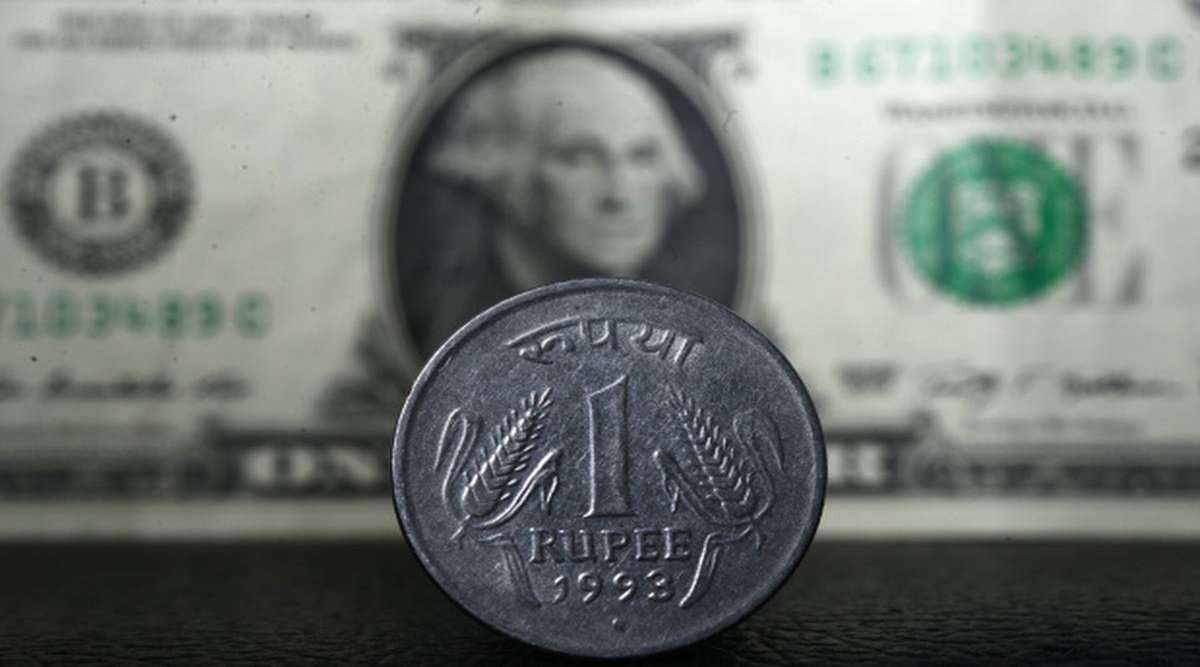The U.S. dollar index hit its highest level in two decades this year, while the rupee has been trading around eighty. The dollar has been on a tear. There are many factors contributing to the recent increase in the value of the dollar, some of which are hawkish central banks, particularly the Federal Reserve, recession concerns, outflows of foreign funds, increased commodity prices, and rising risk aversion.
The rupee may consolidate in the short term between 79 and 80.50, while the dollar will continue to strengthen against the currencies of developed markets. As a result of improved high-frequency data, a better monsoon, improved high-frequency data, and foreign institutions turning net purchasers over the past several months, we think the rupee could decouple from regional currencies.
Inflation in the U.S’ is sitting near multi-decade highs, which is pressing the Central Bank to continue tightening policy, while it is hovering near 7% in India after reaching 7.80% in April. The market is factoring in an extra RBI rate hike of 70–80 basis points this year, with a peak in Q1 2023. Since July, when foreign institutions started acting as net buyers of local debt and stocks, the rupee has been among the strongest currencies.
Foreign institutions have invested $8.18 billion in equity and $1.21 billion in debt so far this quarter. Market investors are also anticipating MSCI’s decision on whether to include India’s bonds in the global bond index, which is anticipated to attract investments worth $30–40 billion. Spot USDINR is anticipated to trade in the 79 to 81 range in the near future as a stronger dollar would drive up prices while foreign capital inflows will cap gains. Spot USDINR’s medium-term trend is still bullish as long as it trades above 78.70.

